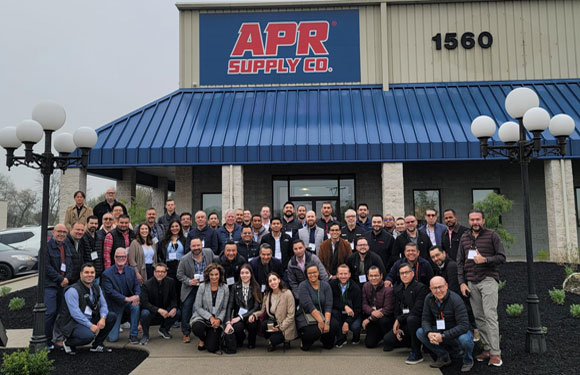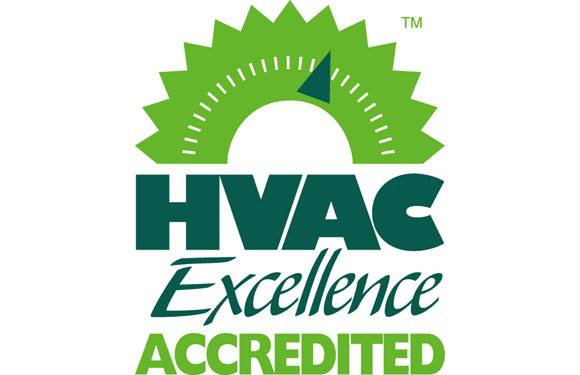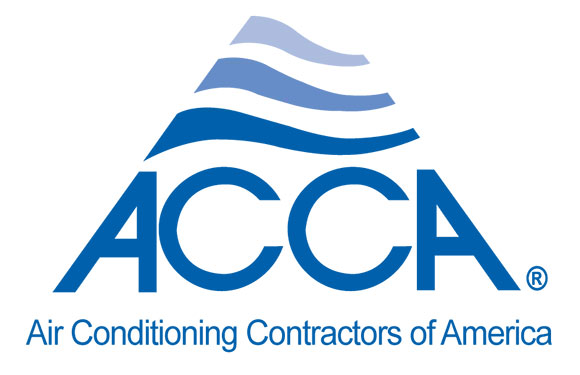
News
Business Council of Westchester’s New Year’s Blast
The Atlantic Westchester team attended the Business Council of Westchester’s New Year’s Blast last month. It was a fun event with some great networking opportunities.
ABM’s Envision 2020 Conference

On January 24th, Atlantic Westchester attended ABM’s Envisions 2020 Conference in Atlanta, GA. It was a fantastic weekend full of learning, networking and bonding. The presenters, speakers, and award winners were great – there were many informative and interesting discussions. The weekend culminated with a keynote address by Joe Theismann, entrepreneur and former star quarterback for the Washington Redskins. He entertained us with his humor, fun stories and knowledge, and inspired us to achieve our goals by giving 100% effort to everything that we do.
Smart Building Energy Management Systems Yield Cost Savings
Atlantic Westchester’s President, Bud Hammer, was recently featured in an article on IoT World Today about Smart Building Energy Management Systems yielding cost savings. Bud shared an example of how IoT can enhance energy management. – “Say you have an IoT system in a building and you have a snowstorm where there’s a foot and a half of snow overnight on a Tuesday, chances are Wednesday morning most building occupants are not showing up to that building to work because they’re dealing with the situation left by the snow. If that’s the case, a building operator can communicate with a building and put the building back to sleep if nobody shows up to work there, he said. That’s common in schools.”
“So if there’s a snow day, and the building is normally 70 degrees at 7 in the morning getting ready for homeroom or classes to start, they can go into the building management system, flip it back into unoccupied, and save a fair amount of energy for the day that the students aren’t there,” Hammer said.
The Steep Cost of Unplanned Downtime
Downtime can be very damaging to your building systems, but there are a number of ways to stay on top of it. With the right equipment, it can be easier to maintain and can limit the damage done.
The direct financial cost of equipment or whole-building downtime is not difficult for most organizations to determine. You probably have a workable estimate of the profits you would have made during the minutes, hours or days your building wasn’t functioning correctly. Then add in the cost of getting everything up and running again.
These costs can grow sky-high very quickly. For example, the average data center outage cost $740,357 as of 2016, according to a Ponemon Institute study. The average per-minute cost of these outages totaled $8,851.
The direct impact to your revenue pales in comparison to the damage your reputation could suffer. Reputational damage can continue hurting your business for years through lost tenants and potential future earnings.
Downtime Loss: How Bad Can It Get?
The damage your organization will suffer from unplanned downtime depends on which building systems are affected, but even the failure of a single system is costly enough to impact your revenue.
Take the elevator, for example. It’s not an emergency if your elevators are out of order for a few days, yet they are important to your operation. The tenants in your office building won’t be happy if their employees have to rush up a dozen floors to go to work, and they may miss important meetings and appointments in the time it takes to get there. Hotel guests will be upset if they have to lug their suitcases up several flights of stairs.
Stopping damaging downtime before it starts is a challenge. Learn how you can prevent downtime at buildbettertogether.com.
In this example, it is easy to see how the damage to your reputation from a momentary hassle could lead to future loss of profits. The office tenants may decide to relocate when their lease ends, especially if an elevator breakdown has happened more than once. The hotel’s owners may have to discount or compensate rooms to appease upset guests, cutting into their profits and lessening the likelihood that those guests will return.
The increasingly interconnected nature of today’s buildings also increases the risk of collateral damage, so the failure of one building system can negatively impact how the others function. That increases the risk of loss in both the short and long term.
Investing in reliable equipment isn’t just about upfront costs and the total costs of ownership. It is also about doing right by the people in your building. Here is how you can safeguard your reputation by taking care of the people who depend on you for a comfortable, healthy and functional building.
















